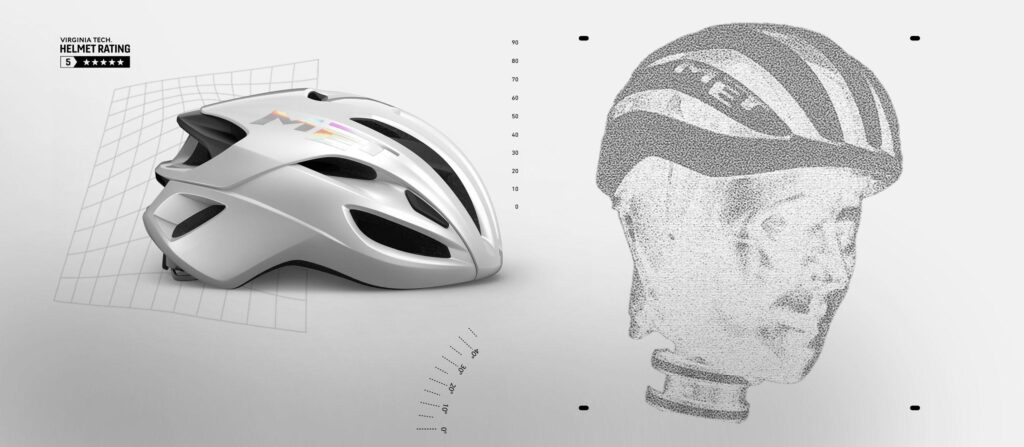Virginia Tech has announced a significant update to its star rating system, a benchmark widely regarded in the football community for assessing the safety of football helmets. This revision comes in response to advancements in helmet technology, which have led to improved safety features aimed at reducing the risk of concussions and other head injuries among players. By refining its rating criteria, the university aims to ensure that athletes have access to the most effective protective gear available. As concerns over player safety continue to dominate the conversation in sports, Virginia Tech’s proactive approach emphasizes the importance of ongoing innovation and research in the quest to safeguard athletes on the field.
Virginia Tech Enhances Star Rating System to Reflect Improved Helmet Safety
In a significant move to prioritize player safety, Virginia Tech has announced updates to its Star Rating System, which assesses the impact performance of football helmets. This revision acknowledges the advancements in helmet technology that have contributed to improved safety standards. The enhanced rating system will now consider various factors such as impact attenuation, overall fit, and real-world testing results to provide a clearer picture of how well a helmet can protect athletes. With a commitment to transparency, the updated ratings aim to empower consumers and coaches alike to make informed choices regarding helmet purchases.
The new rating criteria, which emphasizes safety innovations, includes a comprehensive review of helmets currently in use. Helmets are now categorized based on their protective qualities and tested against a rigorous set of standards. Below are some of the key components that users can expect to see in the updated scoring:
| Rating Component | Description |
|---|---|
| Impact Absorption | Measures how well the helmet absorbs and reduces impact forces. |
| Durability | Evaluates the helmet’s performance over an extended period and usage. |
| User Feedback | Incorporates reviews from athletes and coaches regarding comfort and fit. |
By refining its evaluation methods and expanding the criteria for ratings, Virginia Tech aims to encourage manufacturers to innovate further and produce safer helmets, ultimately leading to a reduction in head injuries among players. The ongoing evolution of the Star Rating System not only reflects the growing emphasis on sports safety but also sets a new standard for helmet manufacturing in the years to come.
New Criteria Implemented to Accurately Assess Football Helmet Performance
In an exciting development for player safety, Virginia Tech has overhauled its star rating system to enhance the evaluation of football helmet performance. This new approach focuses on a range of criteria designed to provide a more nuanced understanding of how helmets protect players during impacts. Key elements of this assessment include:
- Impact Testing: Helmets are subjected to various impact scenarios to measure their ability to absorb shocks.
- Material Durability: The materials used in helmet construction are evaluated for long-term performance and resistance to wear.
- Comfort and Fit: Proper fit is crucial in ensuring helmets provide optimal protection, leading to assessments that consider how well helmets adhere to the head’s shape.
Moreover, the updated system utilizes advanced technology to analyze real-time data from on-field activities. This data-centric approach allows for a more accurate reflection of how helmets perform during actual gameplay. Virginia Tech’s commitment to improving helmet safety could lead to stronger recommendations for manufacturers, triggering innovation in design and materials. A preliminary comparison of helmet performances under the new criteria reveals significant advancements:
| Helmet Model | Previous Rating | Updated Rating |
|---|---|---|
| Model A | 3 Stars | 5 Stars |
| Model B | 4 Stars | 5 Stars |
| Model C | 2 Stars | 4 Stars |
Experts Recommend Continued Innovation in Helmet Technology and Safety Standards
As advancements in helmet technology continue to emerge, experts emphasize the critical need for ongoing innovation to enhance protective standards. Researchers and safety advocates highlight that improvements in materials science and design have significantly contributed to the declining rates of head injuries in various sports. To maintain progress, they recommend:
- Investment in Research: Ongoing funding for helmet research is essential to develop materials that absorb impact more efficiently.
- Standardized Testing: Establishing uniform testing protocols across manufacturers can ensure helmets meet rigorous safety requirements.
- Public Awareness: Educating athletes, coaches, and parents about the importance of helmet safety and fitting can further reduce injury risks.
In addition to these recommendations, updated safety standards must be adopted as new data becomes available. For instance, a collaborative effort between manufacturers and safety organizations could lead to more comprehensive regulations, which can be reflected in a revised star rating system. Experts believe that transparency in helmet performance ratings will empower consumers to make informed decisions. The table below illustrates a comparison of popular helmet models recently reviewed for their safety ratings:
| Helmet Model | Star Rating | Weight (grams) |
|---|---|---|
| Model A | 5 Stars | 400 |
| Model B | 4 Stars | 450 |
| Model C | 5 Stars | 395 |
The Way Forward
In conclusion, Virginia Tech’s update to its star rating system marks a significant advancement in helmet safety assessment, reflecting ongoing efforts to enhance player protection in the sport of football. As helmets continue to evolve in design and technology, this revised system aims to provide players, coaches, and parents with clearer guidance on equipment choices that prioritize safety. With this initiative, Virginia Tech reinforces its commitment to research-driven improvements in athletic safety, setting a precedent that could influence helmet standards across the nation. As the conversation around sports safety grows, stakeholders will undoubtedly be paying close attention to how these changes impact player health and the future of the game.











